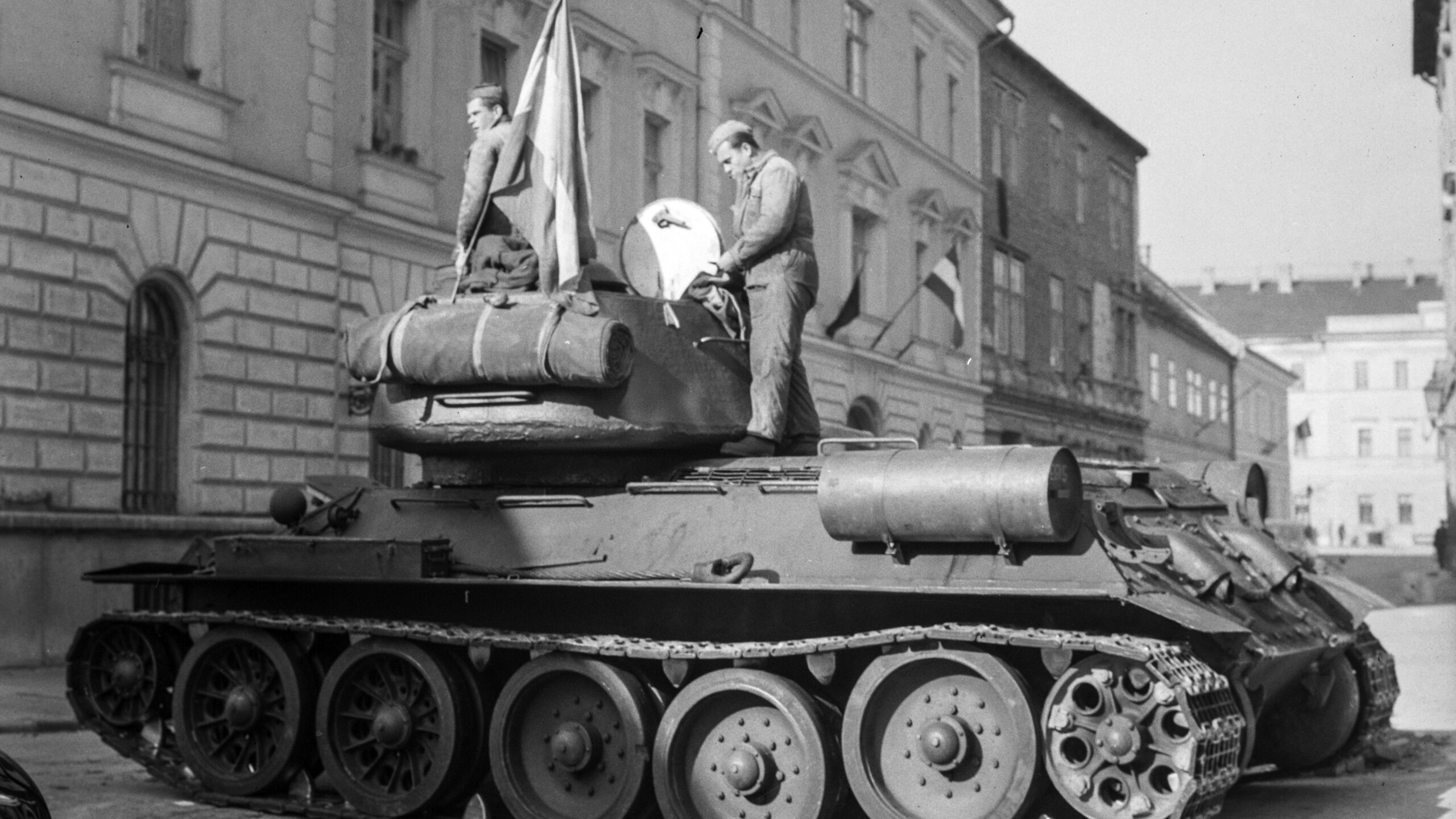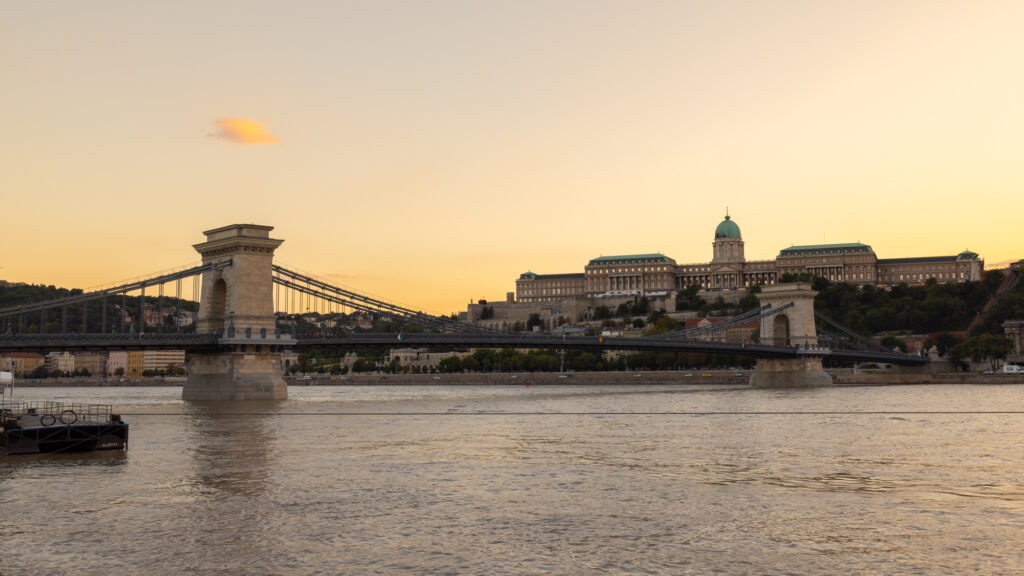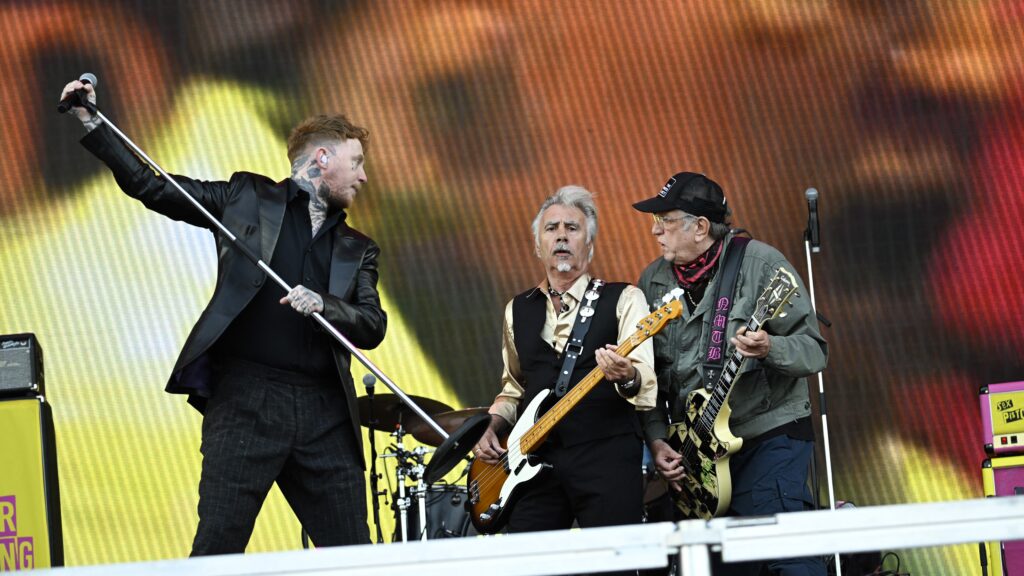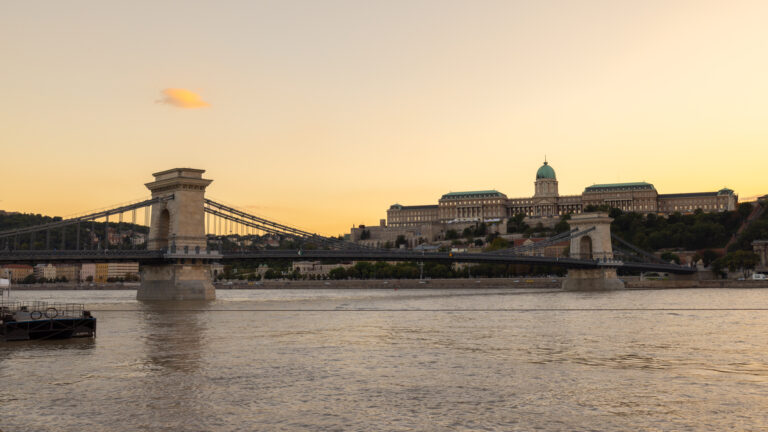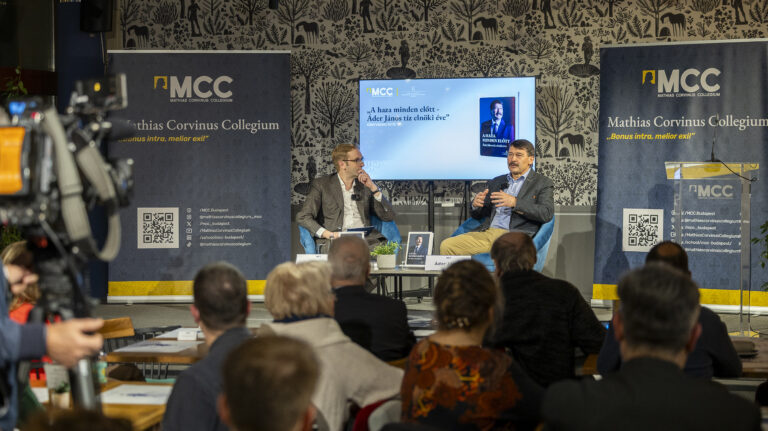Based on the research of László Eörsi, we can state that during the 1956 revolution, the October fighting did not affect the Castle District. During the ceasefire period (October 30–November 3), around 50 volunteer peacekeepers and National Guards from the Technical University entered the Castle—primarily at 5 Hess András Square—where they were joined by Vazul Végvári, a 27-year-old Franciscan friar at the time.[1]
During the Soviet attack, the Castle was assaulted by the forces of the 128th Guards Rifle Division under the command of Colonel Nikolai A Gorbunov. Although the young fighters had received orders to surrender, Végvári—according to his own account—kept up their spirits and encouraged them to resist.
On occasion, János Szabó, the famous insurgent commander known as ‘Uncle Szabó’, also spent the night in the Castle, though he mainly operated around Széna Square. Some of the forces sent up from the 1st District’s supplementary command set up positions at 3 Dísz Square, in the building of the Castle Administration, reportedly under the leadership of Bálint Batthyány.
‘During the Soviet attack, the Castle was assaulted by the forces of the 128th Guards Rifle Division under the command of Colonel Nikolai A Gorbunov’
The two groups established contact with each other, and according to reports, Végvári had authority over both. By that time, they were already exchanging fire with Soviet forces, and the Castle Administration building was hit. The actual fighting in the Castle began on 6 November. Most of the insurgents then moved over to Bécsi Kapu Square, where they were led by a certain Ferenc Magyar, with his deputy, Géza Nagy.
Here, we will mostly focus on Batthyány’s role as one of the rebel leaders mentioned; his trial papers have survived to the greatest extent. In October 1959, an investigation was launched ‘in connection with the crimes of the counter-revolutionaries of Széna Square’, and ‘during this investigation, we identified several individuals who had not yet been held accountable, who fired at Soviet armoured vehicles and engaged Soviet units in the Buda Castle and around Széna Square.’
As part of this, the pre-trial detention of Bálint Batthyány was ordered on 4 January 1960. Batthyány was born on 8 February 1916, in Budapest, to Zsuzsanna Károlyi and Gyula Batthyány. According to the records, he was of ‘countly descent’, which only partly reflected the fact that on his father’s side he came from one of Hungary’s most distinguished noble families, while on his mother’s side he was descended from one of the country’s wealthiest aristocratic lineages. His occupation was listed as ‘currently unskilled labourer’, and his address at the time was 17 Visegrádi Street, District XIII, though this seems to have changed frequently. In the Second World War, he served as an anti-aircraft artillery officer. In 1945, he was taken prisoner by the Soviets and returned home in 1948. According to the justification for his arrest, ‘the said individual was one of the organizers of the armed counter-revolutionaries in the Buda Castle and of the armed actions they carried out against Soviet troops.’
Batthyány filed a complaint against his arrest, which Ferenc Rákos, head of department at the Chief Prosecutor’s Office, rejected as ‘unfounded’. A house search was then conducted at his residence, during which the authorities confiscated as incriminating material ‘a bundle of foreign (Western) letters’ as well as ‘a copy of a birth certificate of the said individual, attesting to his noble (countly) descent.’ It is worth noting that according to the marriage certificate of his parents from 1914, the two witnesses were Count Gyula Andrássy Jr and Count Pál Festetics—another sociological detail illustrating the strong anti-aristocratic bias that permeated the entire case. The Ministry of Interior’s Department II/8 had, in fact, requested authorization for the arrest in December 1959 with the following, sarcastic note: ‘Comrade Colonel Galambos! Please authorize the detention of the “His Lordship, the Count”.’
In his first testimony, Batthyány stated that he had never been an insurgent commander and that during the revolution, he had remained the entire time at 64 Bartók Béla Road, District XI. Although he saw the crowds, he never joined them. He left his apartment only briefly to fetch food and water. An acquaintance had invited him to join the fighting, but he refused—something for which he was even reproached: ‘He told me, what would happen if everyone thought the way I did?’ As he added: ‘I did not engage in counterrevolutionary activity either in my neighbourhood or anywhere else.’
This testimony highlights the central problem of the entire case, one that also poses a challenge for historians: although there were indications that Batthyány might have been present in the Castle during the revolution, the accused consistently denied it, and the witnesses frequently wavered during the proceedings. Thus, it cannot be ruled out that we are dealing, at least in part, with a show trial or a fabricated case.
However, if one accepts the charges as credible, then, ironically, this would strengthen the more positive interpretations of Batthyány’s actions. Here, we do not intend to take a position on the matter, but merely wish to note that the alleged insurgent commander and ‘hero’ steadfastly denied his own ‘heroism’.
During the investigation, several witnesses testified that they had ‘seen Batthyány several times inspecting the men stationed around Bécsi Kapu Square’ and that ‘I repeatedly saw him at the Castle Administration, where the armed men called him their “boss”.’ Furthermore, it was stated that ‘Bálint Batthyány…was the leader, from 4 to 6 November 1956, of the armed counter-revolutionaries based at 3 Dísz Square.’ He had allegedly given the order that ‘if the tanks come, hand grenades and petrol bombs are to be thrown at them.’ The accused responded only that ‘the witnesses quoted must be mistaking me for someone else.’ Batthyány was confronted with the witnesses, but this, too, produced no results.
‘Bálint Batthyány…was the leader, from 4 to 6 November 1956, of the armed counter-revolutionaries based at 3 Dísz Square’
An important development in the case was that testimony was obtained from residents at the address Batthyány had given, stating that during the days of the revolution, he did not leave his home only for a few hours, but sometimes for entire days, and occasionally even slept elsewhere. ‘Considering that you cannot be in two different places at the same time, for instance, at night, and that you do not have an identical twin who could be mistaken for you, please testify as to what circumstances led these two acquaintances of yours to make such statements?’—the investigators demanded.
To break Batthyány’s persistent denials, a ‘cell agent’ (ie, another prisoner in the service of the state security services) was assigned to him. According to the agent’s report, Batthyány asked him what would happen if he continued to deny everything—another small indication that he might indeed have played some role in the revolution. The accused eventually concluded that his case was hopeless, since, as an aristocrat, they were determined to settle accounts with him anyway.
Batthyány retained a measure of his humour, as at one point he officially proposed that ‘an investigation be conducted to determine why so many witnesses are lying when they claim to have seen me as an armed counterrevolutionary.’ The proposal was, of course, rejected on the grounds that the witnesses did not know each other and were not personally hostile toward the accused, though this obviously did not exclude the possibility that their testimonies had been manipulated, for instance, through plea bargains. It is also worth noting that during the photographic identification phase, several witnesses were unable to point to Batthyány’s photograph with certainty.
The indictment was finally submitted on 25 January 1960, and the trial took place in March at the Budapest Metropolitan Court, presided over by the notoriously hardline Communist judge Gusztáv Tutsek. The final verdict was delivered on 24 August 1960: Batthyány was sentenced to nine months in prison, with his pre-trial detention counted from 5 January.
Although this meant he was released relatively soon, in December 1962, he suffered a severe railway accident: a train severed both of his legs, and the man who claimed never to have been a revolutionary commander died after several days of suffering.
[1] This article is based on the following sources: Péter Molnos’s article, László Eörsi’s paper, and Batthyány’s trial papers: Állambiztonsági Szolgálatok Történeti Levéltára, 3.1.9. V-146251.
Related articles:

